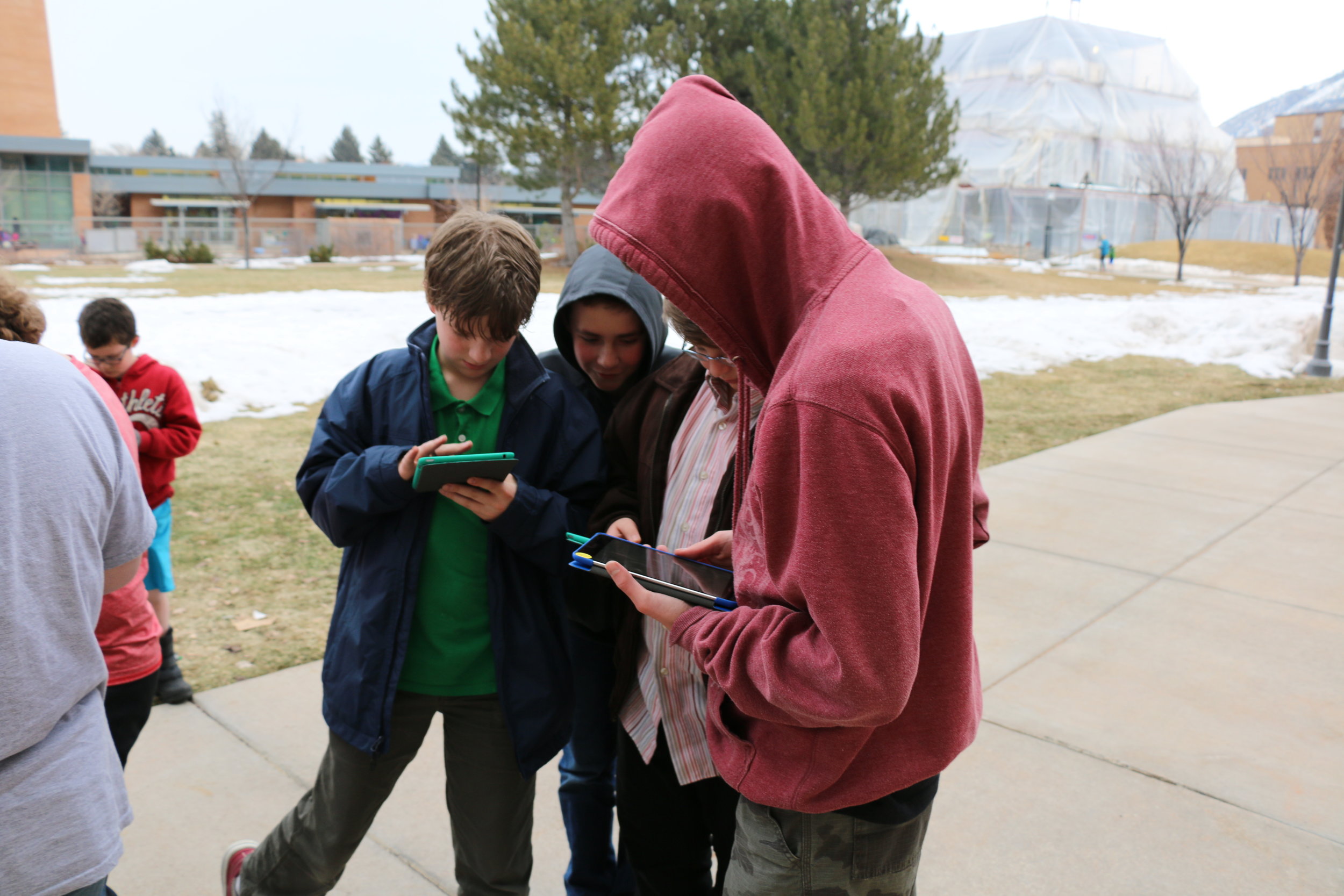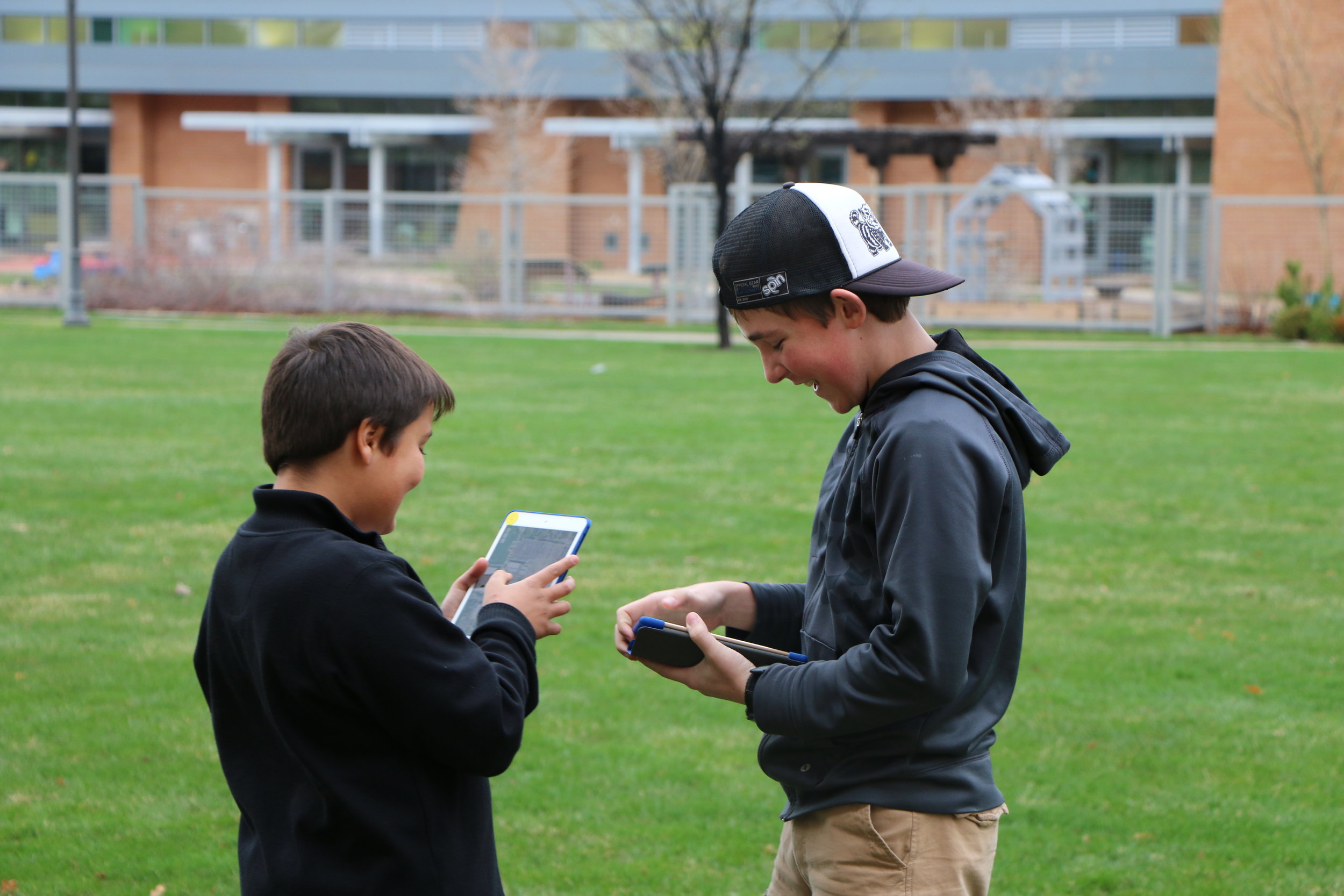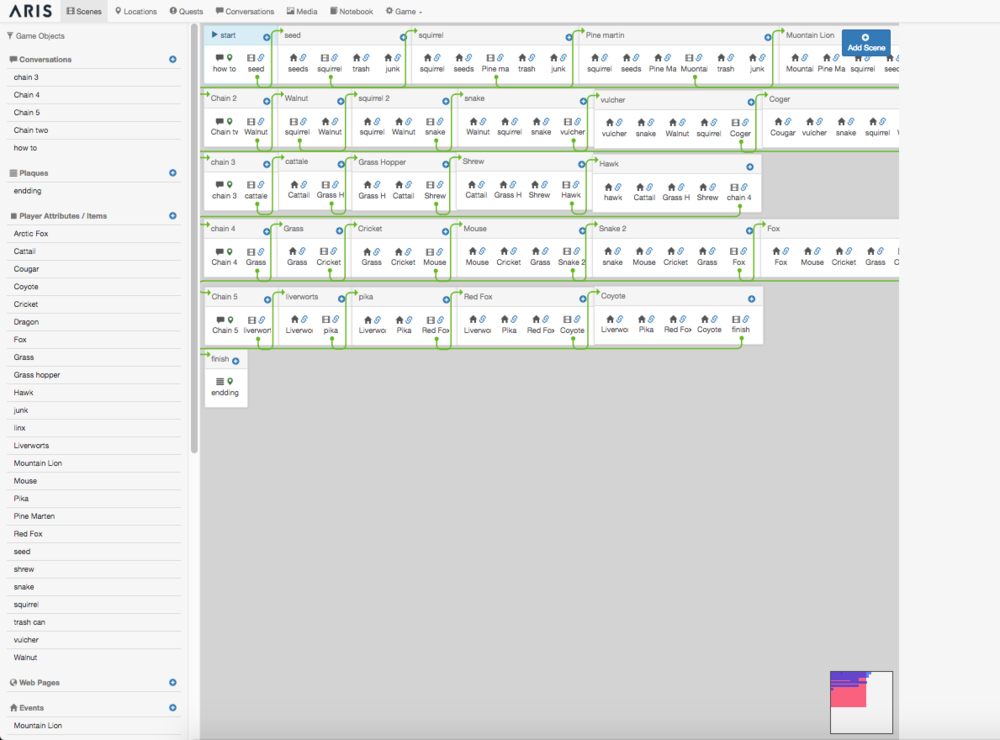Storycoding
We explore how to support teaching and learning of computational thinking (CT) practices in interdisciplinary, age-appropriate contexts. To prepare youth to be computationally literate in a digital world economy, two key approaches have emerged aiming to make text-based programming more widely applicable, accessible, and age-appropriate.
Storycoding: Computing Through Place and Story
We explore how to support teaching and learning of computational thinking (CT) practices in interdisciplinary, age-appropriate contexts. To prepare youth to be computationally literate in a digital world economy, approaches have emerged aiming to make text-based programming more widely applicable, accessible, and age-appropriate. Growing evidence, however, shows that a third approach of leveraging storytelling can make programming more accessible as well as increase interest in computation, especially for girls and younger children (Kelleher, Pausch, & Kiesler, 2007; Ryokai, Lee, & Breitbart, 2009). We adopt this storytelling approach in this project. Specifically, we examine how young people design place-based stories. Through the design process, students conduct rigorous inquiry on a topic often using or generating primary data and sources. They then engage in an iterative design process to build a computational artifact with augmented-reality (AR) technologies. Computing with place and story is an inherently integrative activity that brings together STEM and computer sciences practices in a range of other disciplinary contexts like social sciences and humanities, which draw on narrative as part of their core practice.
PARTNERS
PROJECT LEAD
Breanne Litts
PROJECT TEAM
Learning Analytics in ARIS
In partnership with the Field Day Lab (David Gagnon) and Videogame Research (Dr. Dennis Ramirez), this project brings together computer, data, and learning designers and scientists to explore how the log data in a mobile development platform can shed light on youths’ learning in making and coding their games. Specifically, we examined ARIS (Augmented Reality and Interactive Storytelling), a narrative-based programming platform for non-programmers made up for a web-based editor and a client-based app.
Learning Analytics in ARIS: Making Sense of Learning in a Game Design Platform
In partnership with the Field Day Lab (David Gagnon) and Videogame Research (Dr. Dennis Ramirez), this project brings together computer, data, and learning designers and scientists to explore how the log data in a mobile development platform can shed light on youths’ learning in making and coding their games. Specifically, we examined ARIS (Augmented Reality and Interactive Storytelling), a narrative-based programming platform for non-programmers made up for a web-based editor and a client-based app. While some scholars have investigated what learning happens in-the-world or on the client side of youth’s engagement with ARIS, no efforts have been made to examine the log data from the editor. Our initial goal was to explore the editor log data to build an understanding of what it tells us about learning.

















